Money is pretty important, and most places have it. One recent exception: the Khmer Rouge, who brutally ruled Cambodia between 1975 and 1979, outlawed money because they considered it anti-socialist. Given that one in five Cambodians died during their five-year rule on account of starvation, disease, and execution, one can be skeptical that this – or most any other decision the Khmer Rouge made – was a good one. But back to money and other countries…/p>
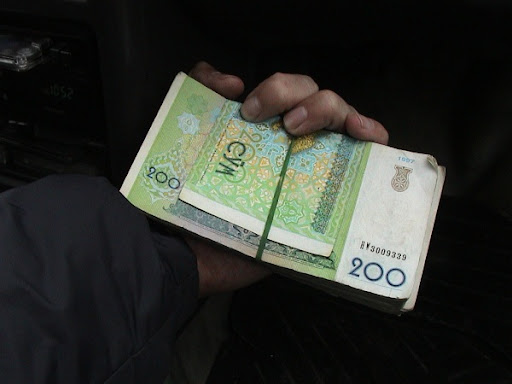
Several minutes after crossing the border into Uzbekistan, I exchanged $20; in return, I got a wad of bills wrapped in a rubber band.
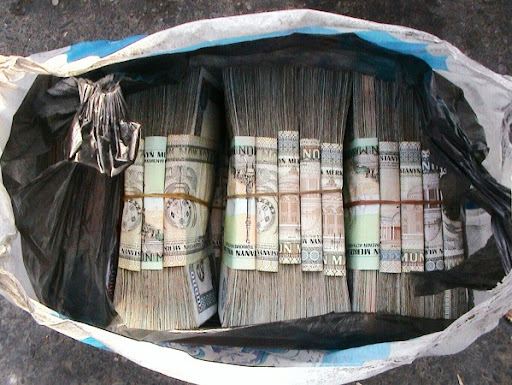
From Uzbekistan, I crossed into Turkmenistan, where I met a money changer on the street and peered into his bag of cash. The exchange rate on the street was five times better than at the state bank.

From these Central Asian nations I worked my way to Turkey and, after a visit to the ATM at a bank in the Black Sea port of Trabzon, came away a millionaire. A few weeks after my visit, Turkey would be reissuing its currency, knocking off several of the zeros to give it a new and leaner look.
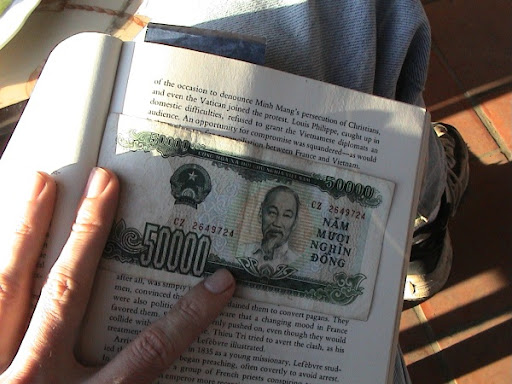
In some countries, such as Vietnam, the same person appears on every bill; In Vietnam, that person is Ho Chi Minh.
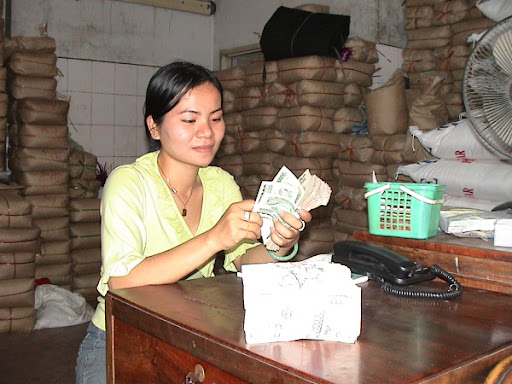
This is a woman at a rice depot in Cholon, a district of Saigon, counting her cash.
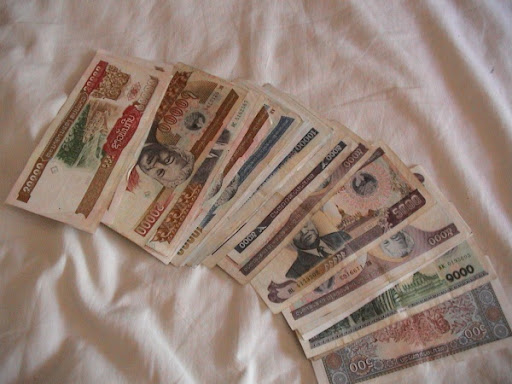
Money in Laos

Gandhi in India

Waitresses sorting through bills in Kyrgyzstan

My first bills in Pakistan
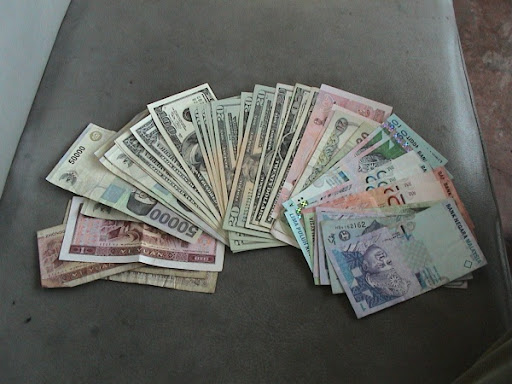
An assortment of several Southeast Asian countries' currencies (plus some US bills in the middle)
Joel Carillet, chief editor of wanderingeducators.com, is a freelance writer and photographer based in Tennessee. His most recent project is 30 Reasons to Travel: Photographs and Reflections from Southeast Asia. To learn more about him, visit http://www.reflectionsontheroad.com/
